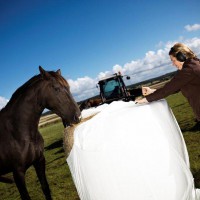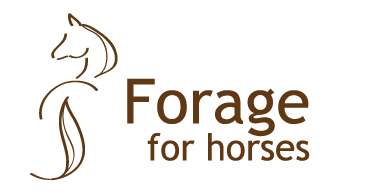Additives for the ensiling process

Additives in silage are to help the ensiling process and they can be chemical in the form of organic acids, for example formic acid, or biological in the form of freeze-dried lactic acid producing bacteria. Additives inhibit the activity of unwanted bacteria, fungus, mould and yeast and prevent degradation of nutrients.
Chemical additives inhibit the growth of unwanted microorganisms by decreasing the pH of the crop. Biological additives give additional contribution of the lactic acid producing bacteria that are needed for the ensiling process and by dissolving the bacteria in water 12 hours before use you get the best effect.
During bad weather conditions the harvest can quickly deteriorate and then different additives can be of use to prevent harmful bacterial growth. Read more about hygienic quality of forage here and bacteria, fungus and mould in forge here.
Sara Muhonen, AgrD
Reference:
©Trioplast. 2012. Balhandboken ISBN 978-91-637-1823-6 (in Swedish)
